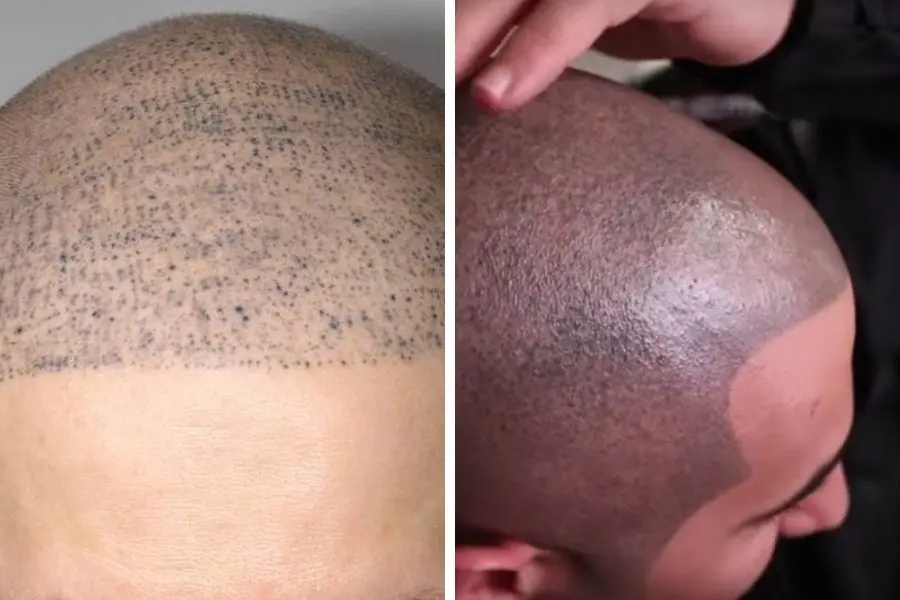In recent years, scalp micropigmentation (SMP) has gained significant popularity as a non-surgical solution for hair loss. This innovative technique involves tattooing tiny, pigmented dots onto the scalp to simulate the appearance of a closely-shaved head. While SMP has become a viable option for individuals seeking to regain their confidence and a youthful hairline, there has been some speculation regarding potential regrets associated with the procedure. In this article, we will explore the reality of SMP regrets and separate fact from fiction.
Understanding SMP and Its Benefits:
Scalp micropigmentation has revolutionized the hair loss industry by providing a realistic and long-lasting solution for individuals experiencing hair thinning or baldness. This technique offers several key benefits that contribute to its growing popularity:
- Natural Appearance: SMP mimics the look of natural hair follicles, creating the illusion of a full head of hair or a close-cropped buzz cut. The pigmented dots are strategically placed to match the client’s hair color and skin tone, resulting in a seamless and realistic outcome.
- Versatility: SMP is suitable for a wide range of hair loss conditions, including receding hairlines, pattern baldness, alopecia, and even hair transplant scars. It can be customized to cater to various styles and preferences, making it a versatile option for both men and women.
- Low Maintenance: Unlike other hair restoration techniques, SMP requires minimal upkeep. The pigmented dots are designed to last for an extended period, and touch-up sessions can be scheduled every few years, if necessary.
- Confidence Boost: For individuals struggling with hair loss, SMP can significantly enhance self-esteem and restore a sense of confidence. It offers a non-invasive alternative to surgical procedures, providing immediate results without the risks and downtime associated with surgeries.
Addressing Potential Regrets:
- Mismatched Expectations: Like any cosmetic procedure, setting realistic expectations is crucial. Individuals should thoroughly research SMP, consult with experienced practitioners, and review before-and-after photos to ensure they have a clear understanding of the final outcome.
- Adjusting to the Change: Some individuals may initially feel a sense of adjustment after the procedure. It is important to allow time to adapt to the new appearance, as it can take a few weeks for the pigmented dots to settle and blend naturally with the existing hair.
- Rare Complications: While SMP is generally safe, there is a minimal risk of complications such as infection or allergic reactions. However, by choosing a reputable clinic with skilled practitioners who adhere to strict hygiene protocols, the chances of such issues can be minimized.
Real Experiences and Testimonials:
It is essential to consider that satisfaction levels vary among individuals. While the majority of SMP recipients report high levels of satisfaction, it is natural for some individuals to have concerns or regrets. However, these instances are relatively rare and often stem from isolated incidents, unrealistic expectations, or individual preferences. Many individuals who have undergone SMP express positive sentiments, highlighting the boost in confidence and improved self-image they have experienced.
Conclusion:
Scalp micropigmentation has emerged as an innovative solution for hair loss, offering a natural and long-lasting alternative to invasive procedures. While it is important to address concerns and potential regrets associated with SMP, the reality is that the vast majority of individuals who undergo the procedure are highly satisfied with the results. By conducting thorough research, consulting experienced practitioners, and managing expectations, individuals can make informed decisions about SMP and increase their chances of a positive experience. Ultimately, for those seeking a solution to hair loss, scalp micropigmentation remains a viable and effective option that has transformed the lives of countless individuals worldwide.
